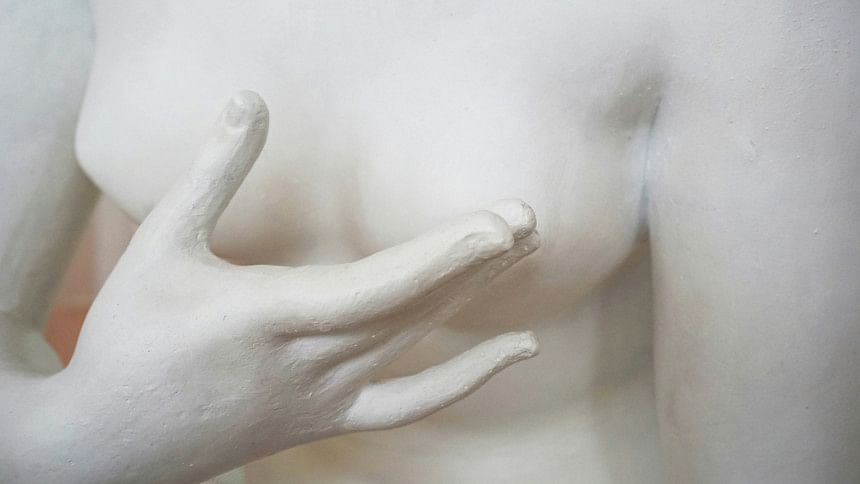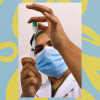October marks Breast Cancer Awareness Month. The significance of this month varies from person to person — for some, the pink ribbon is a memory of a disease that changed their lives, while for others, it is an opportunity to rally behind almost two million women who get cancer diagnoses annually throughout the globe.
Knowing about the intricacies of breast cancer and the early warning signs of it could help save countless lives. It is thus important to be aware of the initial warning signs of breast cancer, which are still prominent.
Lumps
One of the first signs of breast cancer is the appearance of a breast lump. It is more probable that a firm mass with uneven borders is cancerous. However, the borders of other cancers are rounded and soft.
It is wise to not disregard any kind of breast lumps. Many lumps, in fact, are too tiny to feel. Therefore, if you are above the age of 40 or if breast cancer runs in your family, you should undergo a mammogram regularly by consulting with your physician.
Swellings
Sometimes even before a lump is visible, some individuals may experience swelling around the breast. If the swelling does not improve even after taking medication, you should visit a specialist immediately. On top of that, you might notice some thickness in your breasts or enlarged lymph nodes beneath your arm or close to your collarbone. These odd swellings may indicate a potential cancer risk.

Pain
The majority of breast pain is not brought on by cancer. However, painful sensations, soreness, or a burning sensation in the breast or nipple may be the first indication of breast cancer that is inflammatory or Paget's disease, both of which are among the less common forms of breast cancer.
When this kind of pain gets worse or lasts for a long time, it is crucial to see a physician.
Alterations
Changes in breast shape or skin appearance may indicate cancer. The inward pulling of the skin might occur when a breast mass expands. As a result of this, skin could seem dimpled or even have a depression in it. These alterations should only be taken seriously if they are new and affect just one breast.
To reduce the number of fatalities caused by breast cancer, early detection and treatment are vital. It is easier to treat breast cancer effectively if caught early when the tumour is tiny and has not spread.
So, regular screenings are the best method to detect breast cancer early.
One effective method of detecting breast cancer early, when therapy is most beneficial, is to get a mammogram once a year. Because they use low-dose X-rays to examine the breast, mammograms could detect anomalies that may indicate cancer in the breast years before any outward signs appear. Decades of studies have shown that women who did mammograms regularly had a better chance of getting breast cancer detected sooner.
The American Cancer Society reports that annually, women between the ages of 40 and 44 may choose to begin screening with a mammogram. They should also be performed annually on women aged 45 to 54. Women who are 55 and over have the option to either continue having their mammograms done annually or switch to getting them every other year.
Even so, people who have a higher-than-average risk of breast cancer, like those whose family has a history of breast cancer or who know they have a genetic trait that might trigger the disease, are recommended to start earlier.
This October, it is important to educate yourself about breast cancer and to discuss methods in which your loved ones may learn, connect, and act regarding this disease. Take action, starting with you.












Comments